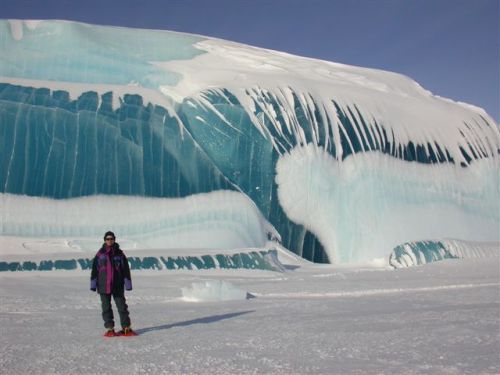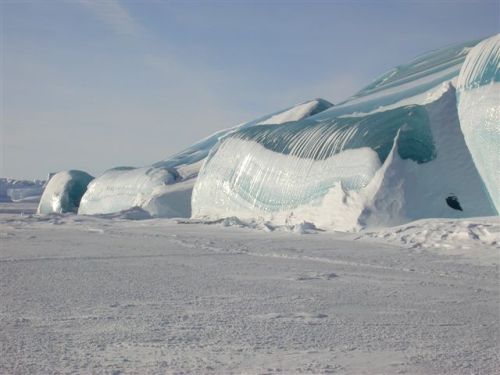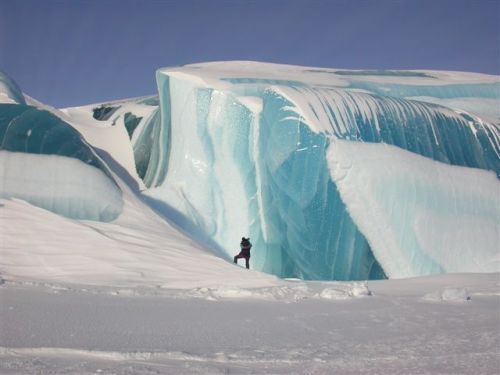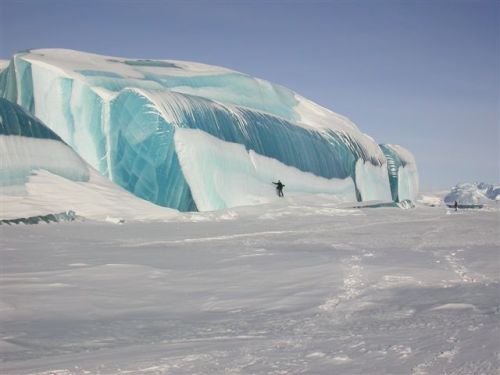
Taberna del Alabardero's skin-on, pan-seared monkfish
On the August 22-29, 2009 edition of our classic Great Lakes cruise, we’ve got a real treat in store for you: Dani Arana, Executive Chef of the Taberna del Alabardero, will be your personal guest chef, offering special meals, wine tastings and master classes.
When the Taberna del Alabardero opened its doors in 1989, The New York Times lauded the restaurant for “…finally bringing a sophisticated Spanish kitchen to the nation’s capital.” Designated as “The Best Spanish Restaurant Outside of Spain” by the Spanish Government, the Taberna del Alabardero was recently described by The Washingtonian as one of the “100 Very Best Restaurants”:

Alabardero's paella for purists
“The food, drawn from or inspired by Spain’s regional cuisines, is so vibrant and robust you’ll think you were sitting down to lunch in the Spanish countryside.
Flavors run deep in a plate of squid steeped in a thick black squid-ink sauce, in zurrukutuna, a garlicky Basque soup, and in pork belly with its fat seared wonderfully crisp. Paella purists will stick with the classic seafood version, but two other combos worth trying are the rusticky chicken-and-chorizo and the unusual baby-back-rib-and-scallion. Other notable choices are veal sweetbreads with spinach and pine nuts and a caramel cream custard with caramel ice cream.”
A native of Huelva, Spain, Chef Arana began cooking for his family while still a boy, receiving his formal

Chef Dani Arana
training at the Escuela de Hosteleria de Sevilla. While at school he completed an externship at Mugaritz, consistently rated one of the top restaurants in the world. After school he began as the sous chef at the Michelin starred Café de Oriente in Madrid, then moved up to the position of chef.
Chef Arana moved to the United States in 2008 and became executive chef at Taberna del Alabardero.
Travel Dynamics International’s classic Great Lakes cruise between Toronto, Canada and Duluth, Minnesota features the Ojibwe Native American community of Manitoulin Island, Michigan’s historic Mackinac Island, and the rugged Keweenaw Peninsula – and transits the seven locks of the Welland Canal which links Lake Ontario to Lake Erie.
The cruises, which operate throughout the summer (though you can enjoy Chef Arana’s splendid Spanish cuisine only on the August 22-29 departure), are aboard Clelia II, which recently completed a million-dollar refurbishment. It’s a luxurious all-suite cruise ship for just 100 guests. Renowned for its spaciousness, beautiful design, and impeccable service, Clelia II offers travelers an intimate ambiance akin to a private club.
For more information about the Great Lakes cruise with Chef Dani Arana or to make a reservation, please call Amalia Ciprijan toll-free at 1-800-257-5767, extension 511.
Read Full Post »











 In addition to everything else, the Great Lakes are also home to some of the most interesting little critters on the planet.
In addition to everything else, the Great Lakes are also home to some of the most interesting little critters on the planet. We’ve just had two days of early Spring here in New York, and that gets me thinking about summer. It’s been a tricky winter, right? But it’s all for the good – I think we’re all taking stock, figuring out the best way to live our lives, rather than the most. Spend time with family, make friends, and try to have interesting experiences.
We’ve just had two days of early Spring here in New York, and that gets me thinking about summer. It’s been a tricky winter, right? But it’s all for the good – I think we’re all taking stock, figuring out the best way to live our lives, rather than the most. Spend time with family, make friends, and try to have interesting experiences.